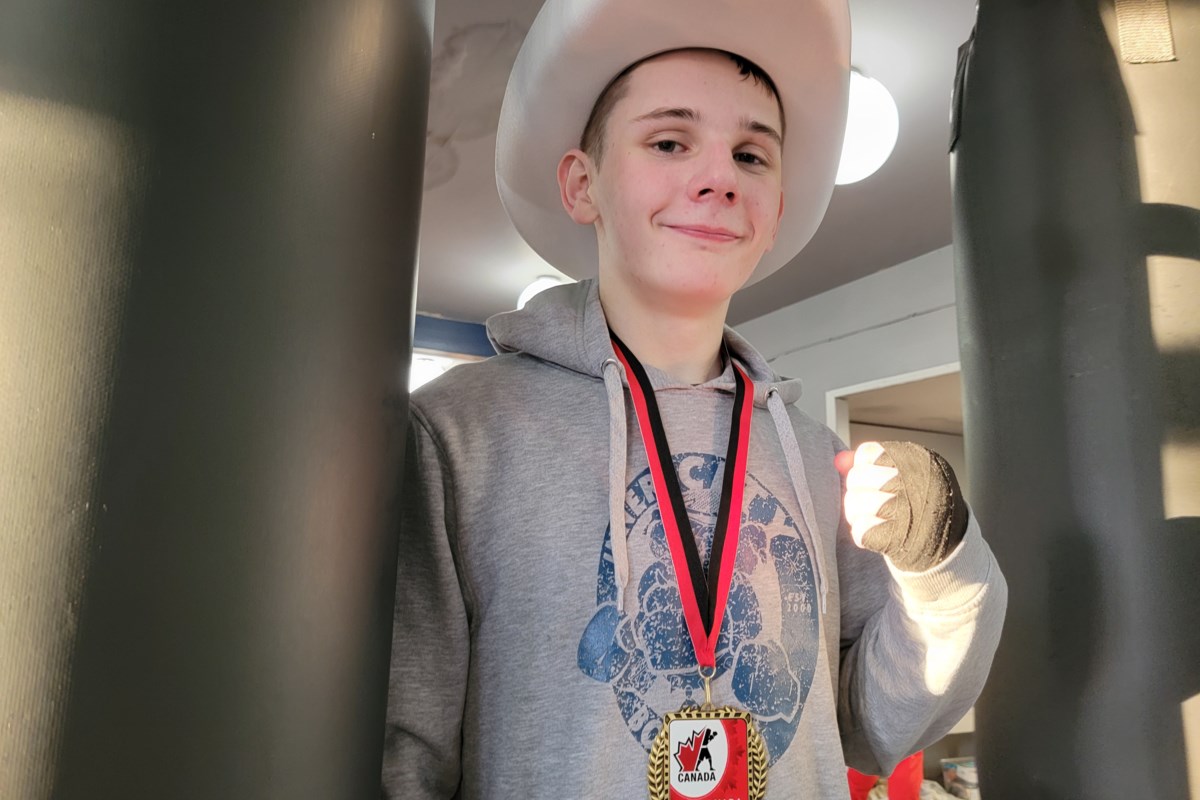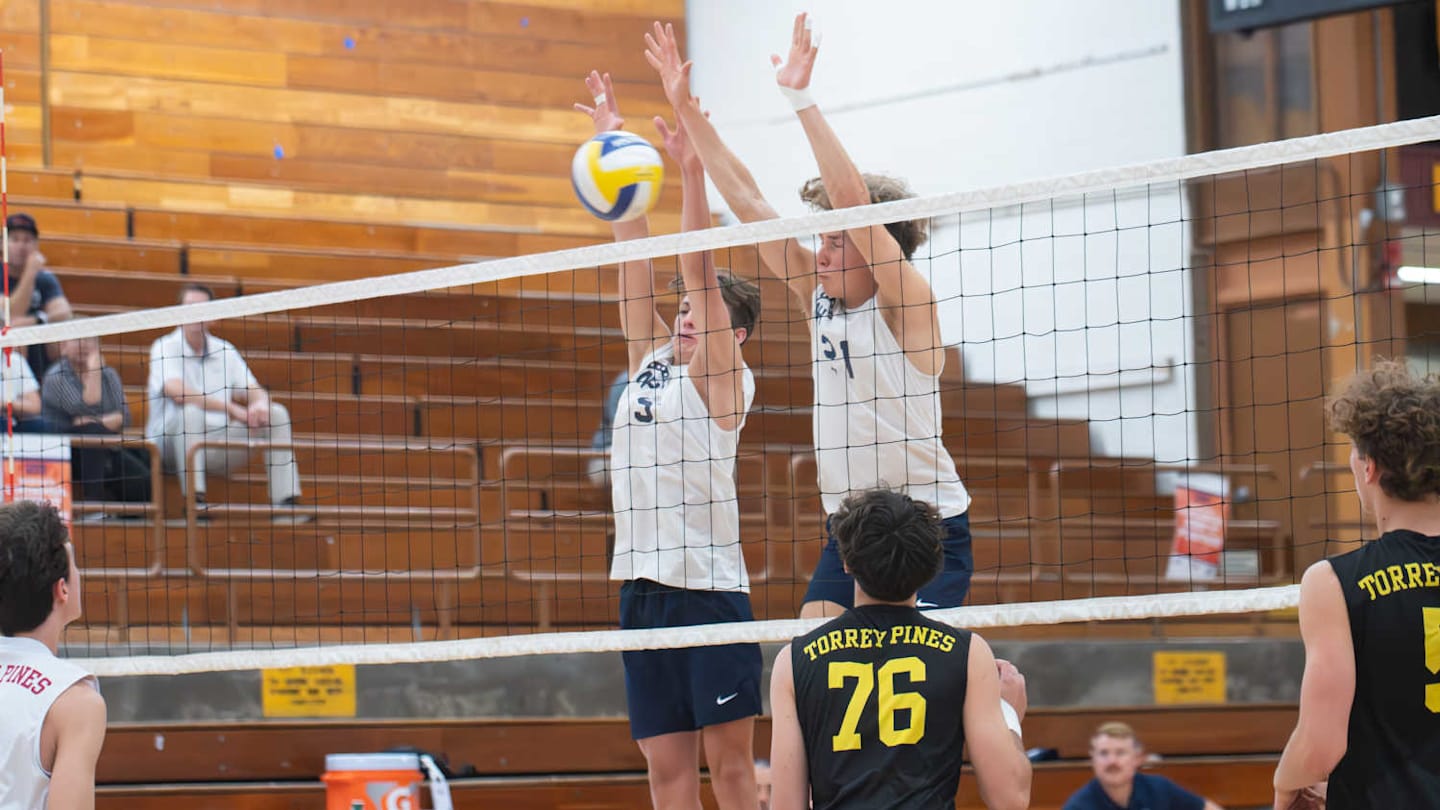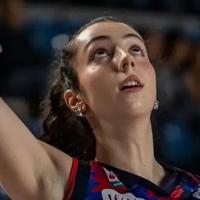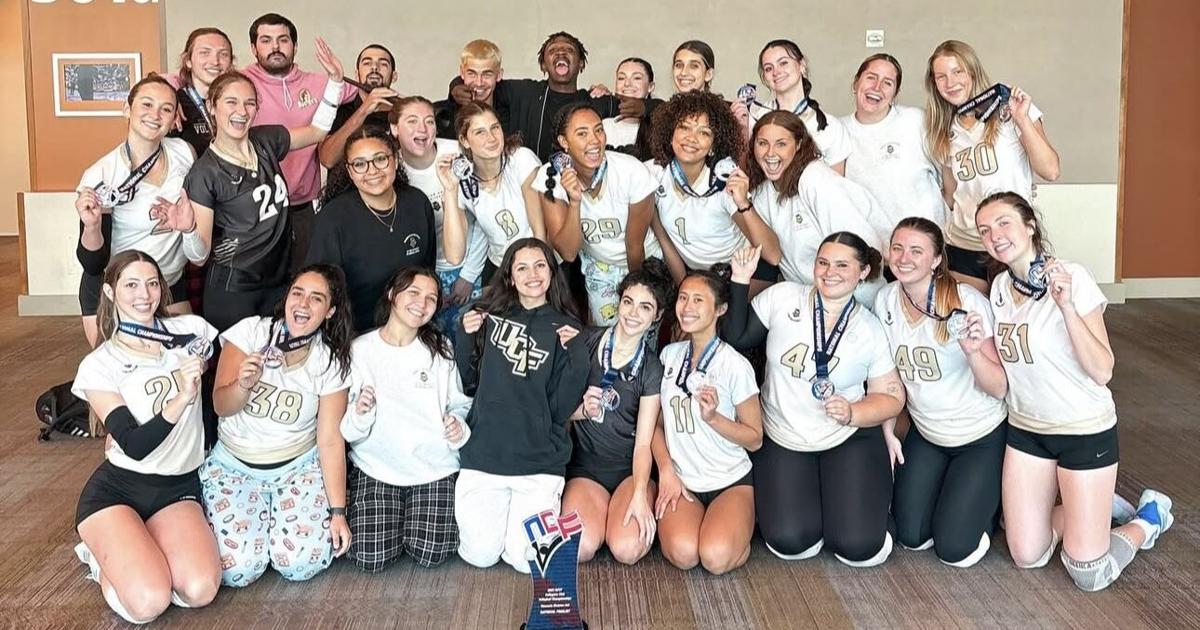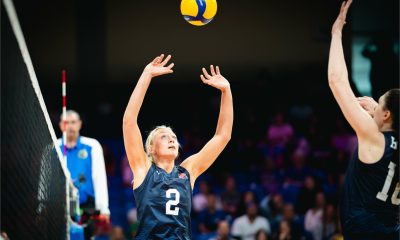For the UCF women’s club volleyball team, the 2024-2025 season was a testament to teamwork, resilience and the sheer will to overcome adversity thrown their way.
Unlike UCF’s NCAA Division l women’s volleyball team, which requires students to have a full-time athletic commitment and compete at the highest collegiate level, UCF’s women’s club volleyball allows students to still play competitively without the same demands.
The club is divided into two teams, A and B, to give more players the chance to compete in regional tournaments and the national championship in the fall and spring semesters.
For many collegiate club teams, the road to nationals starts long before the tournament itself. Beginning with grueling practices, internal struggles that test each player and tough losses, this year’s NCVF National Championship in Arizona from April 17 to April 19 was no exception. The women’s club volleyball team are no strangers to the championship, having competed every year in the spring semester.
“I would describe this semester’s club season as fun and interesting,” Francceska Monsalve, sophomore libero, said. “Some of the biggest challenges we faced were practicing what we preached. We had a hard time sticking to what we said we would change throughout the season.”
Despite their challenges, the team’s ability to build upon their shortcomings and maintain communication with one another proved to be their greatest asset. Their obstacles ranged from scheduling conflicts, lack of communication during practices, injuries and the need to push themselves harder as a team to progress, Monsalve said.
“We had lots of ups and downs this season, but we handled it with good communication, and that’s how we overcame a lot of the hardships,” Monsalve said.
In volleyball, as well as in any sport, to overcome adversity, one needs resilience. For the women’s club volleyball players, that’s what was displayed as they pushed through their challenges with scheduling, communication, injuries and practices.
“The key for us was realizing that progress isn’t always linear,” Giselle Hansen, junior middle blocker, said. “It’s not about being perfect; it’s about improvement, and we did that.”
When the team secured its spot at nationals by playing well in its ranking tournaments, they knew the pressure was on. However, the UCF team was ready, both physically and mentally. The team was aware that to succeed on such a grand stage, it had to get rid of distractions, focus on its strengths and come together as a unit.
“Our approach going into nationals was to drop all the drama and really play our game,” Monsalve said. “We mentally prepared by going in full gear, ready to work as a team, and physically by practicing hard and holding ourselves accountable for our mistakes.”
The determination and grit to stay present in the moment paid off when the team reached the finals—an outcome that had seemed almost impossible earlier in the season due to their difficulties during practices and the fear of the team not progressing fast enough, Hansen said.
Both A and B teams practice three times a week on Mondays, Wednesdays and Thursdays for two and half hours at the Education Gym on UCF’s main campus. As nationals got closer, the practice schedule stayed the same for the teams due to time constraints on facility access.
There are practices multiple times a week and about five tournaments each semester.
“The moment we made it to the finals was when it really showed that everything, we’d worked for paid off,” Alysa Howell, sophomore outside hitter, said. “We were all so proud of how far we’d come, especially considering how difficult the season had been.”
The team’s unity and will power became more apparent as they came face to face with the intensity of nationals with the nonstop gameplay that lasted from 8 a.m. to noon for three consecutive days. Both A and B teams played against nine other colligate teams from across the country, one being another Florida school, Florida Atlantic University.
“The most memorable moment was when we reached the finals. We all proved to ourselves what we were capable of,” Hansen said. “It was proof that when we put in the work and support each other, we can accomplish anything.”
In the fall semester, the team goes against other Florida schools such as University of Florida and Florida State University. In the spring semester players travel out of state to their competitions as well as to the national championship.
For the players, nationals wasn’t just about the win, but the lessons they learned along the way. For Monsalve, the biggest takeaway was the importance of team chemistry.
“I learned that with good chemistry and supportiveness, we can accomplish many things,” Monsalve said.
Her teammate, Howell, resonated with this sentiment.
“What sets us apart is our unbreakable bond. When we’re down, we pick each other up. And when we’re up, we make sure no one gets left behind,” Howell said.
The season ended on April 22 and will pick up once again in the fall semester of 2025. The team is already setting its sights on the future.
“Moving forward, we have a lot of potential to build on,” Howell said. “Next season, I’m excited to see how we grow. We’ve laid the groundwork for success, and now it’s about pushing ourselves to be better every day.”
Tryouts are held at the beginning of the fall and spring semesters, and while returning players such as Hansen, Monsalve and Howell have high chances in returning again for the next season, every athlete must earn their spot.
“After nationals, I’m feeling more confident than ever about our future,” Annie Scepkova, freshman middle blocker, said. “We’ve built something solid this year, and next season, we’re going to take everything we’ve learned and elevate it to the next level.”
The trip to nationals was an unforgettable experience for some of the the team members. Not only did they spend their time scoring on the court, but also got the chance to explore Arizona for the first time together. Their itinerary was filled with walking around the Arizona State University campus, cheering on ASU’s baseball team at a home game, and exploring the nightlife in downtown Phoenix, Hansen said.
“What I’ll remember most from nationals is the celebration with the team after our final match,” Scepkova said. “It wasn’t just about celebrating the victory; it was about sharing those moments with the people I consider family. Those are the memories that will stay with me forever.”
With their grit, unwavering bond and resilience, the UCF women’s volleyball team has shown that no challenge is too great when they come together as a team.



